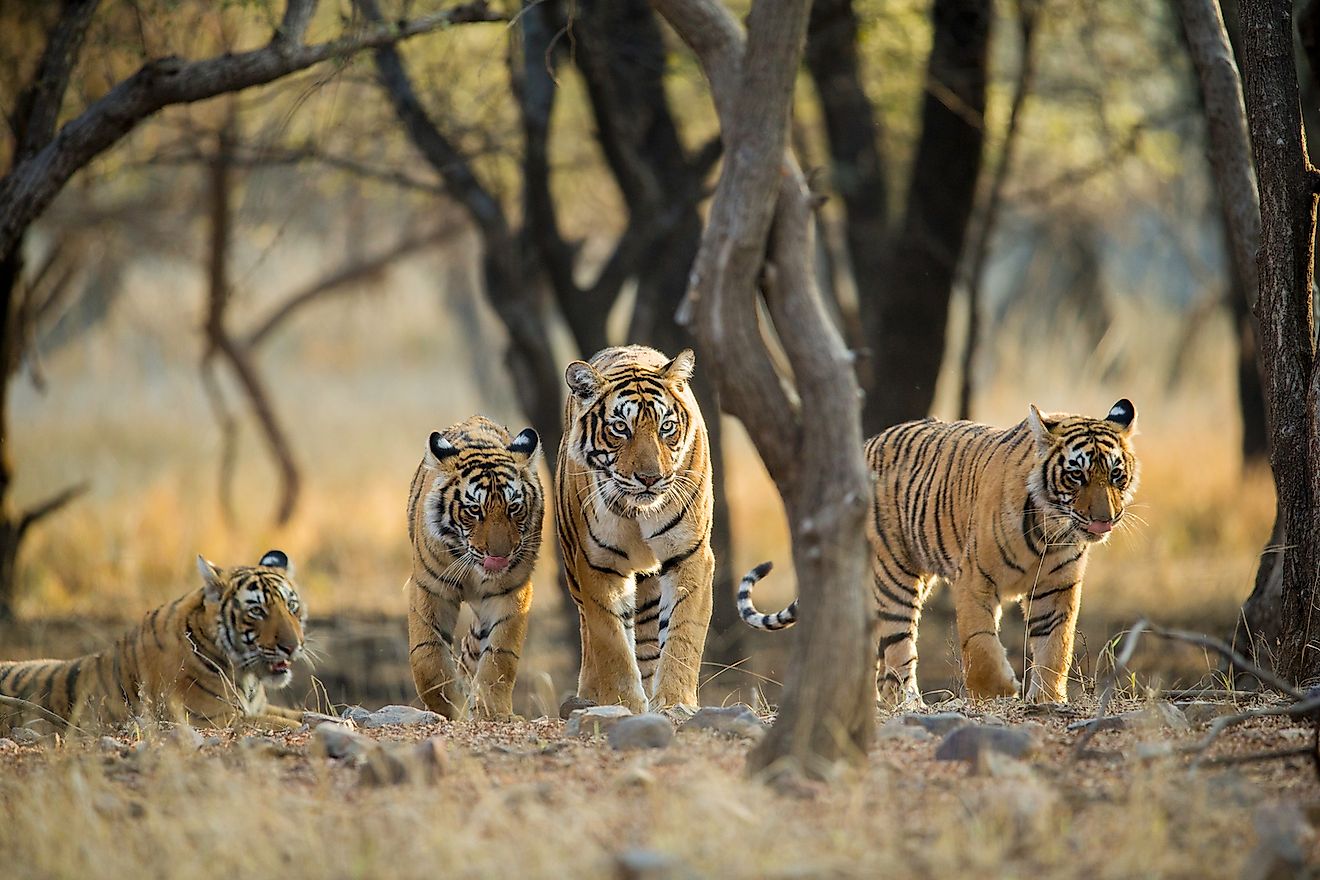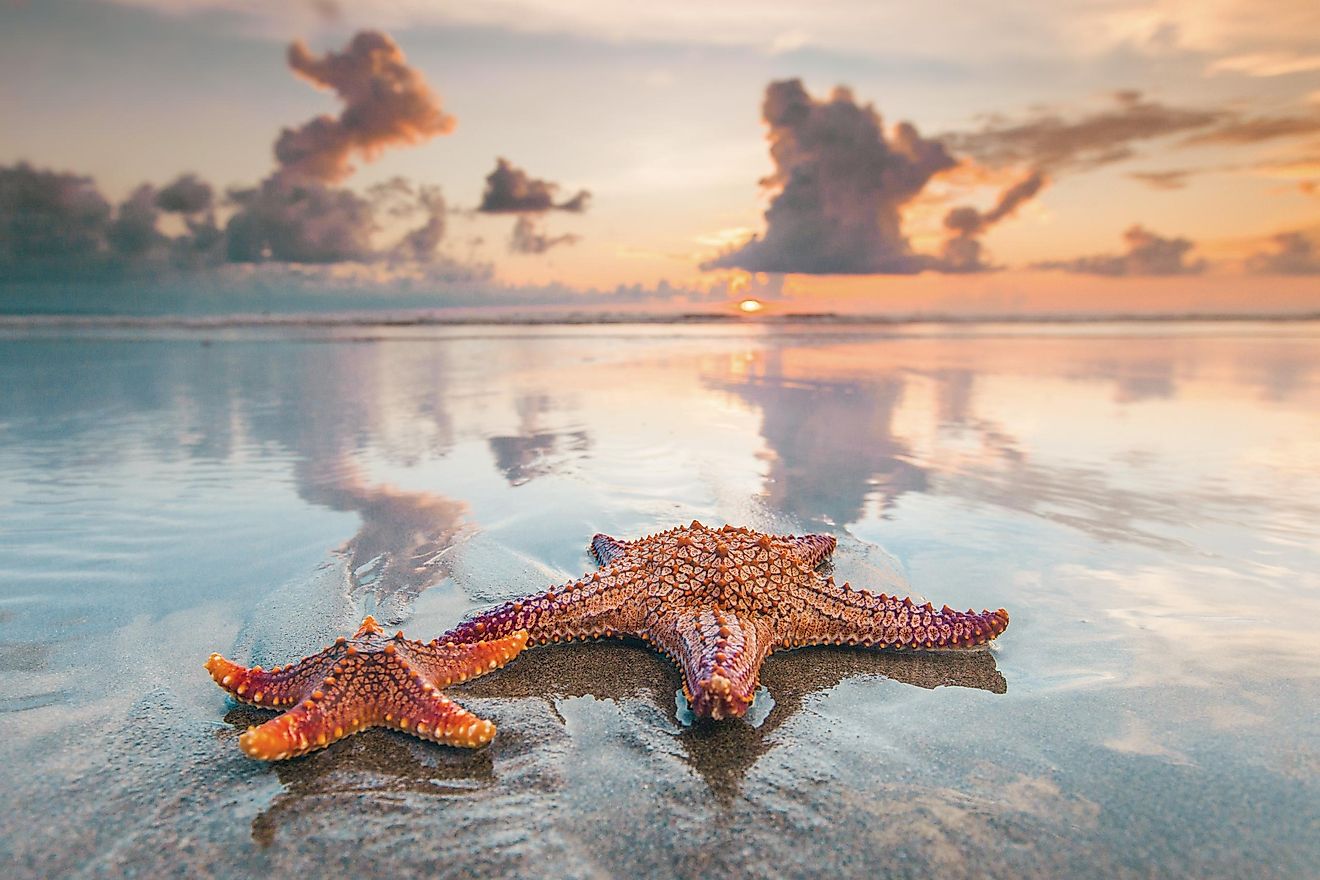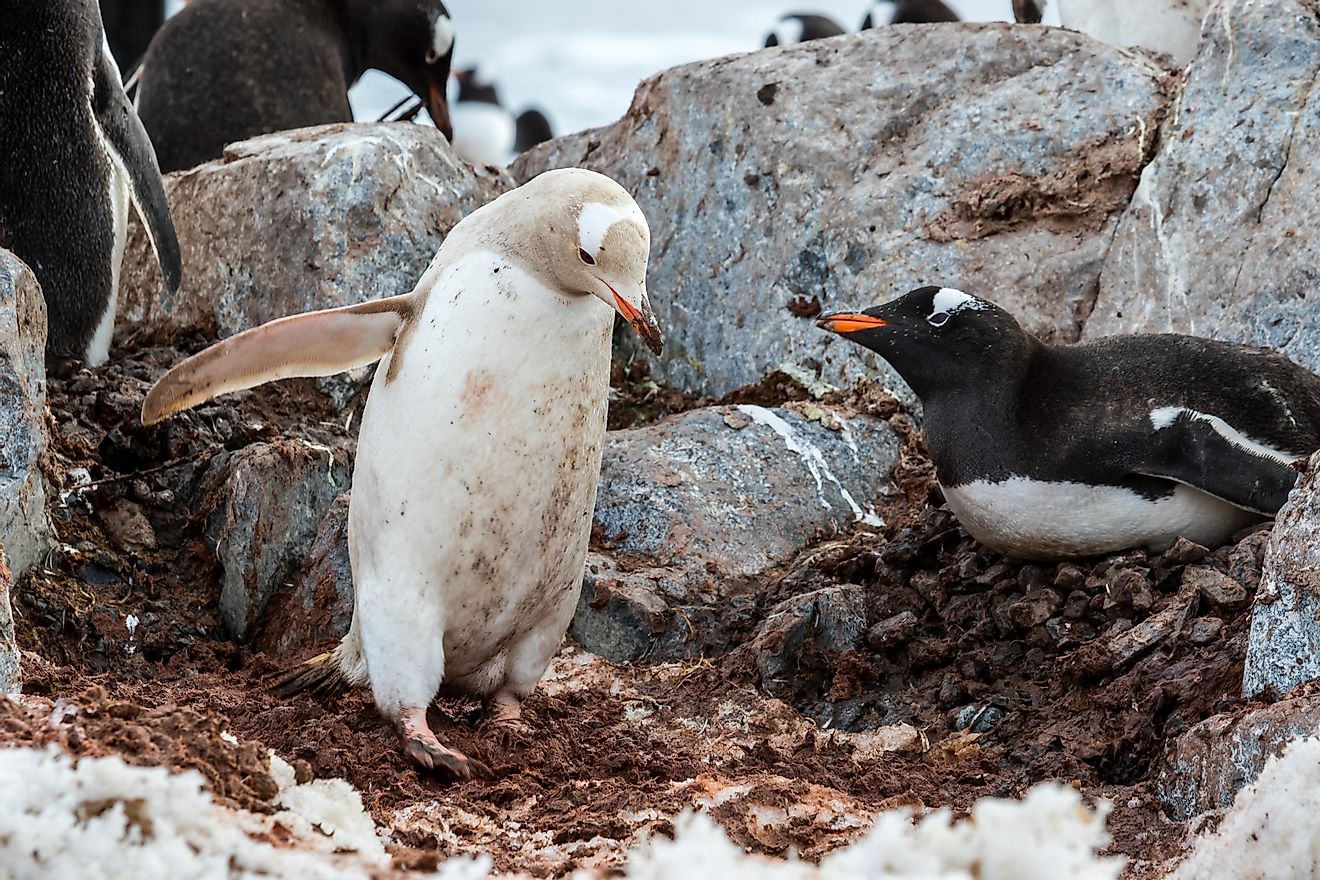What Is OPEC?
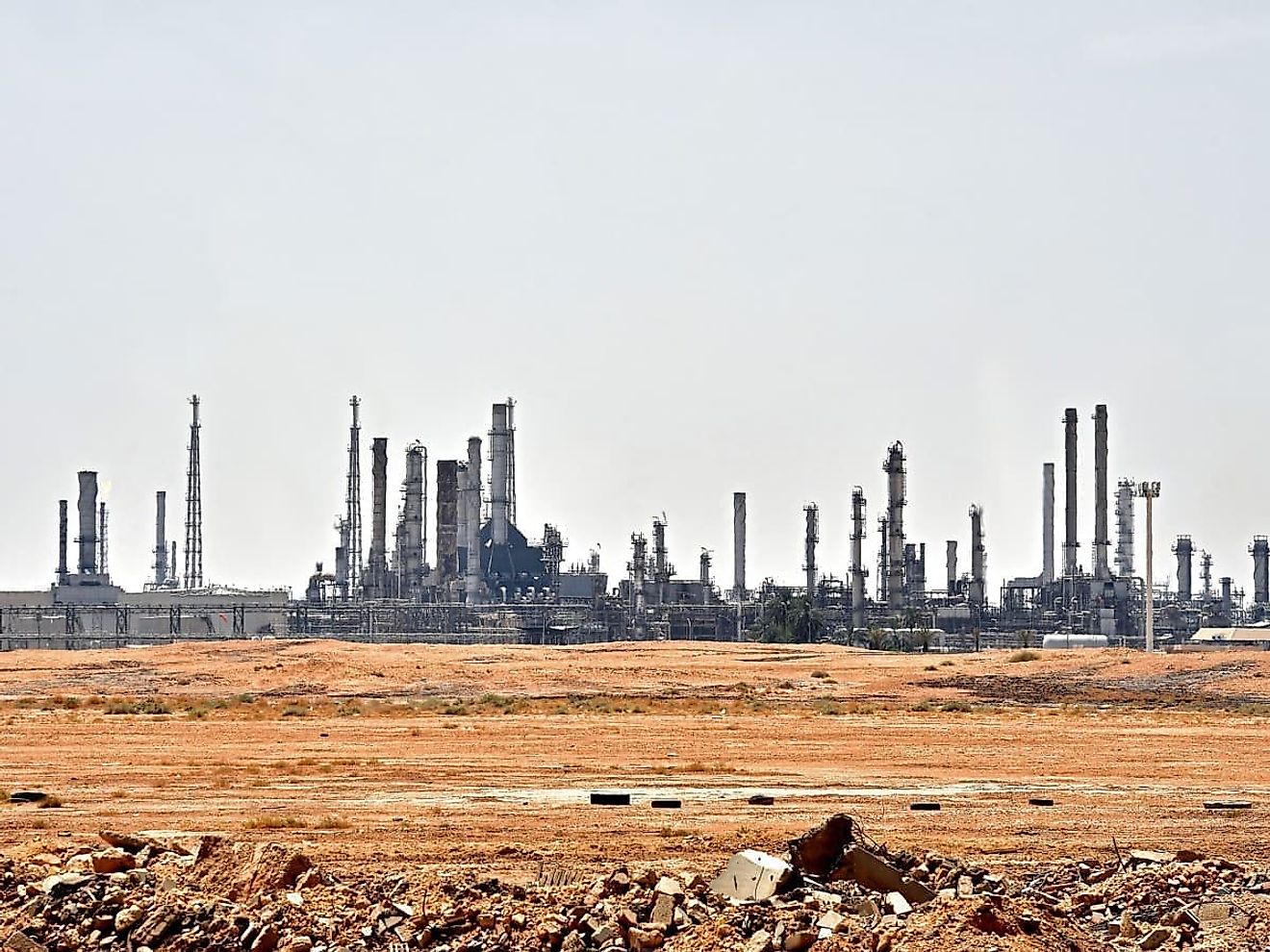
- The United States, which is not a member of OPEC, is the biggest exporter of oil in the world, as well as the biggest consumer of it.
- Saudi Arabia leads OPEC in oil exports and is the second biggest exporter of crude after the United States
- Around six thousand products, from the gas in your car to some of the clothes you wear, are made from oil.
For better or worse, oil is a very important commodity in today’s world. It not only fuels most of our cars, but also fuels many industries. Countries that have a lot of oil also have a lot of power since countries that don’t have it need it to fuel their economies. Therefore, oil-producing states have a great deal of leverage over states without oil. Many of the oil-rich countries are members of an international governmental organization known as OPEC, which is short for Organization of Petroleum Exporting Countries.
OPEC's Objective
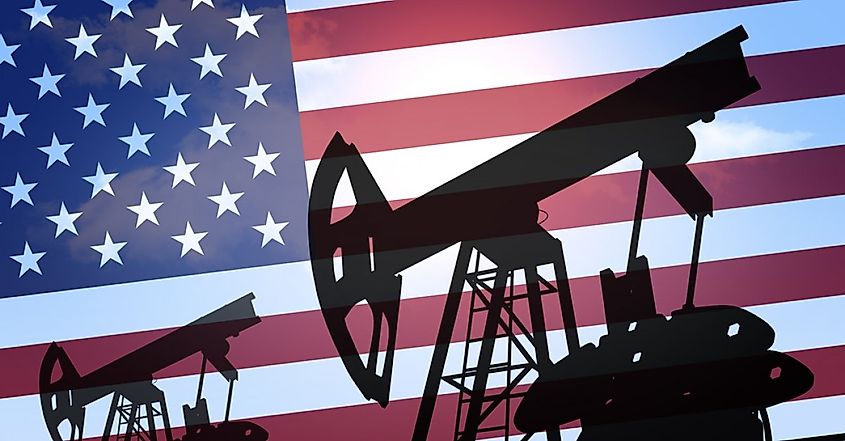
The objective of OPEC is "to coordinate and unify the petroleum policies of its Member Countries and ensure the stabilization of oil markets in order to secure an efficient, economic and regular supply of petroleum to consumers, a steady income to producers and a fair return on capital for those investing in the petroleum industry." Hence, OPEC is somewhat like an international lobby group for oil-producing countries. The organization was founded in 1960 and initially consisted of just five members, Iraq, Iran, Kuwait, Saudi Arabia, and Venezuela. Today, the group has a total of thirteen members, including the founding members, as well as Libya, the United Arab Emirates, Algeria, Nigeria, Gabon, Angola, Equatorial Guinea, and Congo.
It is interesting to note that some of the world’s biggest oil-producing countries are not part of OPEC. In fact, the club excludes the world’s biggest oil producer, which, believe it or not, is the United States of America. It also excludes other major oil producers, such as Russia, China, and Canada. In total, these non-member states account for approximately 40% of global oil production. That being said, these same countries also account for around the same percentage of oil consumption.
Rise to Prominence
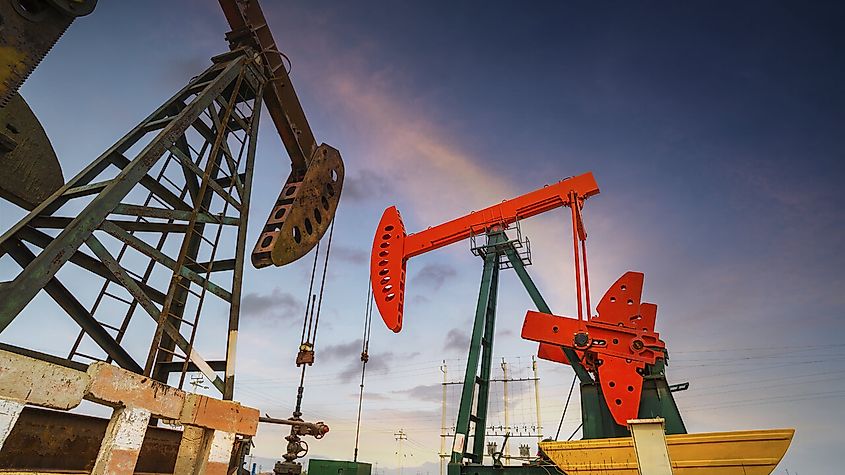
OPEC rose to prominence in the 1970s during two major crises, at a time when the group’s member states had nationalized their oil industries, meaning that they had a significant say in determining the market price for the commodity. In 1973, the Arab member states launched an embargo against the U.S. and several other countries in retaliation for their support of Israel during the 1973 Arab-Israeli war. This led to a spike in the price of oil and an immense shortage of fuel in the embargoed states. Those of you who are old enough to remember the 1973 crisis may remember the long lineups at the gas pumps and the signs at many gas stations telling people that their supplies were all gone. Another crisis arose in 1979 after a revolution in the oil-rich country of Iran led to a big spike in the price of crude. By this time, the rest of the world, and the U.S. in particular, was heavily dependent on foreign oil, which largely came from members of OPEC.
Still Powerful
Today, OPEC remains a powerful group, though likely not as powerful as it was back in the 1970s. A movement away from fossil fuels by the auto industry and other industries, as well as the growing capacity of non-member states like the U.S., Russia, and China to produce their own oil to meet their needs, has meant that the organization and its members lack the same kind of influence that they used to have, though it’s safe to say that OPEC is certainly still a force to be reckoned with.

